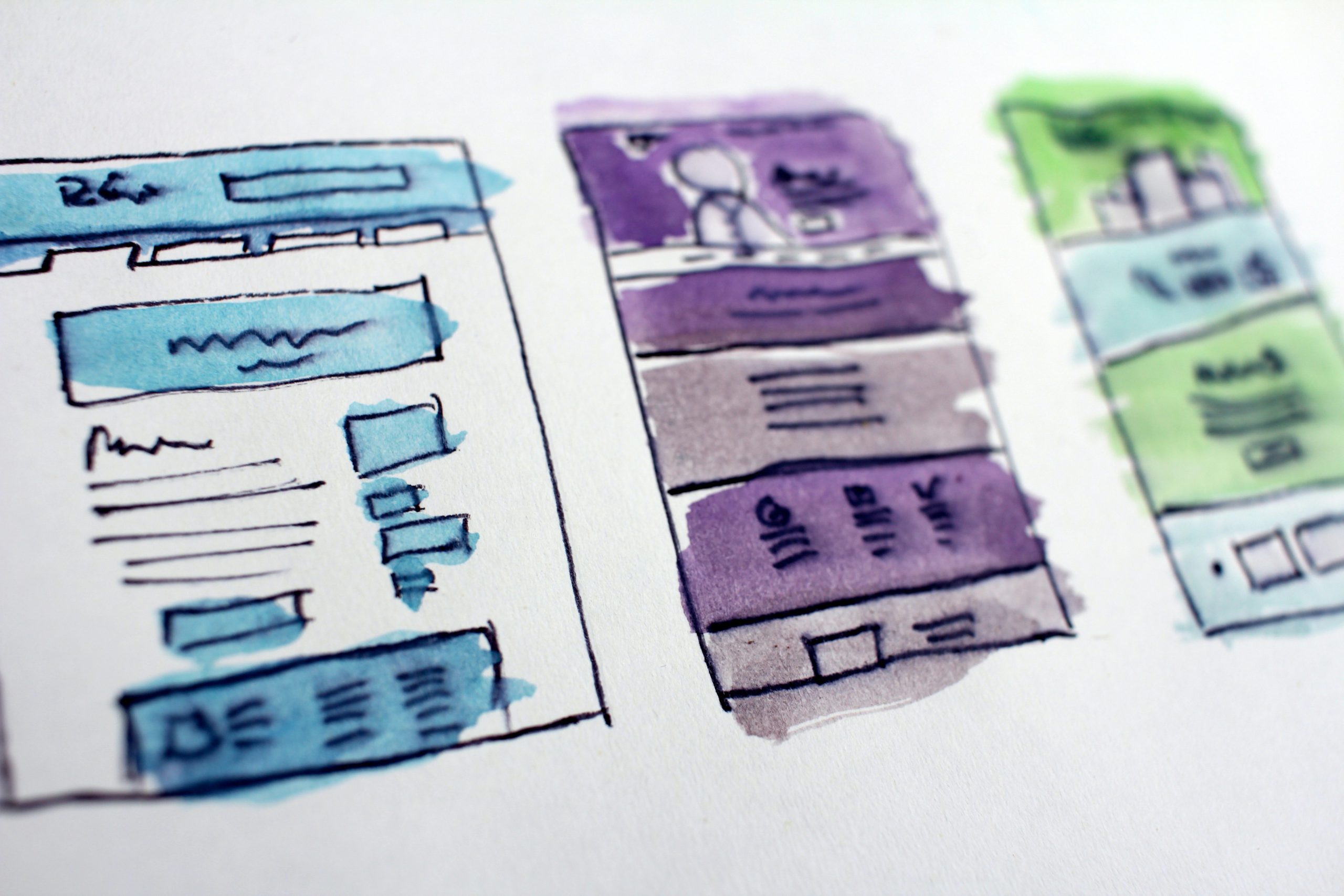
Cold calling, or cold calls, is a term that many of us are familiar with, but perhaps we do not fully understand its importance and application in the field of B2B sales. Often, we associate these calls with annoying experiences and interruptions, in which a stranger tries to sell us something we do not need. However, despite the negative perception some people may have, cold calls remain an essential strategy in the process of attracting new customers in the B2B business environment.
In this article, we will address the concept of cold calling, clear up the prejudices associated with it, and explore how it can be effectively used in B2B sales.
What is cold calling?
Cold calling refers to the first telephone contact made with a potential customer who has not requested the call beforehand. These types of calls are unexpected for the customer, and are considered a “cold” approach because there is no prior knowledge between the parties.
Cold calls differ from “warm” calls, in which there are indications of interest from the customer, as they have interacted with our company in some way, such as downloading content or requesting information through a form on our website.
The main purpose of a cold call is to present our product or service and generate interest in the potential customer. Although the ultimate goal is to make a sale, closing it on the first call can be complicated due to the customer’s lack of prior interest. Therefore, these calls often serve to schedule subsequent appointments or product demonstrations, with the aim of guiding the customer through the sales funnel towards conversion.
Cold calls are part of the prospecting process carried out by the sales team and are a method to identify new potential customers, especially when there are no connections or financial resources to implement other marketing tools. Sales professionals use cold calling as a first step before making more specific discovery calls.
How is cold calling used in B2B?
Cold calling has been a subject of debate in recent times. At first glance, it may not seem like the most effective approach to reaching buyer personas, as often the recipients of these calls hang up or become annoyed. Even a promising prospect might not be receptive to a cold call, which could lead to unnecessarily discarding them.
Historically, cold calling was perceived as an intrusive and aggressive method, where calls were made without prior qualification, hoping to get a positive response from the person on the other side of the phone. In addition, cold calls can be uncomfortable and complicated, which can demotivate those who make them. For this reason, many companies opt for more inbound prospecting techniques, such as social media or webinars, which consume less time.
Differences between B2B and B2C cold calling
B2B and B2C cold calls have significant differences in terms of approaches and objectives.
First, in B2B cold calls, sales agents have the responsibility of providing solutions to their clients’ problems, as the product or service offered is considered an investment for their businesses. Therefore, persuasion in these calls is based on data and expected returns on investment. On the other hand, in B2C cold calls, agents can be more creative in their approaches, as B2C customers tend to make purchasing decisions based on emotions and instincts.
In addition, B2B telephone sales tend to have a longer sales cycle than B2C sales, because they focus more on relationships than on the product itself. This is because the B2B data group is smaller and more specific than the B2C, which requires cultivating relationships with prospects. In the B2B sales process, several decision-makers from the company will be involved before closing a deal, which can also lengthen the sales cycle.
Benefits of cold calls
However, despite the opposing views, cold calls have proven to be effective in B2B. Cold calling in B2B presents several benefits:
- It allows us to interact directly with the client to evaluate their real interest in our product or service: Unlike emails, in a telephone sale, it is more difficult for the client to pretend their interest. If the client responds positively, this can be the start of a trust-based relationship.
- It helps us establish contact with the decision-makers of the organization: Although younger generations may prefer digital interactions, there are still older decision-makers who prefer to answer phone calls.
- We can get more information about the prospect’s doubts or objections: This will help us identify their problems to then apply that knowledge in the sales department, in marketing campaigns, or in the development of our product.
- It forces sales teams to make calls: Forcing the sales team to make cold calls is an excellent way to train them for future calls. After a series of cold calls, addressing hotter leads will be much easier for them.
Objectives of Cold Calls
Lead Generation
Sellers communicate with other companies in search of potential customers interested in their goods or services. By doing this, they identify potential suitable consumers for what they offer. Obtaining prospects through phone calls requires high-quality information and detailed lists of people to contact. With this method, calls focus on increasing brand awareness and persuading potential customers to agree to a meeting or demonstration.
Market Analysis
If you are introducing a product to the market or want to expand your reach, it is essential to study the competitive landscape. Cold calls are an optimal method to know your consumers’ preferences and the most effective way to capture their attention. In this way, you can discover the needs of other companies and how your product could meet their demands.
Database Update
It is crucial to have good organization of your data if you want to generate consistent and quality prospects, as well as increase conversions. The sales team can contribute to optimizing the sales funnel by frequently updating the database.
Prospect Nurturing
Cultivate a relationship with consumers by offering them something valuable without giving the feeling that you are selling them something immediately. This can include everything from a free trial to an invitation to an event or the delivery of relevant content.
How to Improve Cold Calling in B2B
Improving cold calling skills is a process that requires practice and experience. We won’t become experts overnight. Here are some strategies to perfect our cold calls:
- Record each call: This allows us to review key moments of the conversation and evaluate our performance to improve in the future.
- Take notes: At the end of a call, write down relevant information while it is still fresh in our memory.
- Coaching among colleagues: Each sales representative can review a colleague’s cold call, highlighting the positives and areas for improvement.
- Training by managers: These individual sessions allow the manager to review and analyze a representative’s cold call, focusing on developing specific skills, such as handling objections or formulating effective questions.
- Group review: A representative sends a cold call for review and all group members share their comments, starting with self-criticism from the person who made the call.
- Collaboration with other departments: Involve product, customer success, and marketing teams to listen to the calls and collaborate in improving tone, pace, and word choice.
In addition, it is essential to leverage technology to improve the team’s skills and make the cold calling process more efficient and productive. A crucial component of cold calls is the information collected during and after the call. An easy way to capture and analyze this information is through business intelligence software. An example is Upbe, which collects millions of customer data points (anonymized) from phone calls to web conference meetings. This data is combined with artificial intelligence tools to analyze the buyer-seller relationship, identifying how actions, inactions, and behaviors affect success rates.
You can now request your free demonstration at this link.




